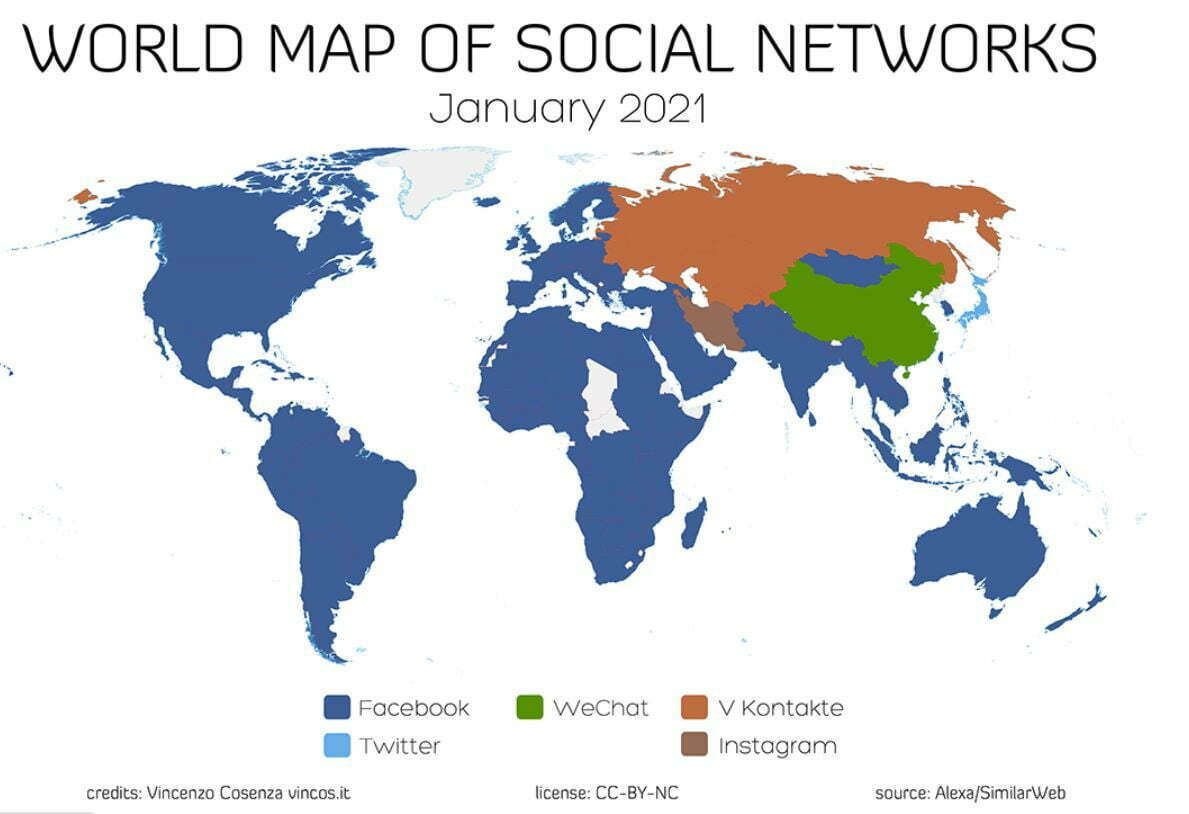Social Media Localization
With the growth of global communications and marketing, you need to adapt your social media communication to different cultural audiences and locales.
Localization means adapting all of your content to different local cultures. It involves more than just translation as it includes all aspects of communication.
Since social media is heavily influencing all of our communications it is no longer enough just to localize your content. In today’s dynamic, social networking-charged environment, you need to adapt your communication to match your intended target markets to make sure that your message and intent are successfully communicated.
Social Media Marketing Localization
Social media marketing in different cultures and different languages follow the same rules as those used in your own country. You must know your target audience well before you can create an effective social media strategy. You need to understand several important factors to create such a plan:
- The most popular local social media networks (various from one country to another).
- The languages used in the communication on the local social networks (some are bilingual and some are not).
- The modern languages and dialects used for communication on the local network (Arabic regions have a lot of dialects).
- The trending topics in each country and what are the local market segments talking about. It is important to always be up-to-date on locale-based trends because they can change swiftly and frequently.
- The target culture is extremely important and you will always need professional localization candidates to localize your communication and to provide advice about the content you are posting or sharing.
Adapt Your Social Media Channels for International Audiences
With good research and an efficient localization team, you will be able to have an effective strategy and social media policy for each locale that you are willing to join through social media tools and channels. Your translation company should be able to provide assistance in this area.
Twitter Localization
 Try to learn more about how Twitter is being used in your target market countries. The use of Twitter is very different from one country to another and even from one region to another. You or your translation partner will need to monitor each locale to learn their habits on Twitter.
Try to learn more about how Twitter is being used in your target market countries. The use of Twitter is very different from one country to another and even from one region to another. You or your translation partner will need to monitor each locale to learn their habits on Twitter.
Although Twitter is a 280-character microblogging platform, each region has its unique style of adapting to it. Differences between users in the different countries include trends heavily influenced by news and major global events.
Twitter usage is heavily affected by language. For example, Japanese users have more flexibility to tweet long text because the Japanese writing system can use an individual character to express a word. Germans are more limited in what they can Tweet because the German language usually has many more characters in words than English.
LinkedIn Localization
 Communication on LinkedIn is not the same as any other social network because LinkedIn is far more focused on business and career profiles, It is the largest professional network.
Communication on LinkedIn is not the same as any other social network because LinkedIn is far more focused on business and career profiles, It is the largest professional network.
LinkedIn is heavily used in the United States and India as a B2B and Human resources tool and the growth around the globe is on the rise.
With LinkedIn you have strong opportunities to create effective communications in the United States and many other countries, if you stay up-to-date, you will be able to find new global leads coming to this business network in the near future.
Facebook Localization
 Facebook is the biggest social network in the world with members from all around the world. Facebook supports most languages, which gives it the advantage to cover many locales. With the newly improved Insights box on Facebook Pages, you can monitor some international metrics and your segmentations.
Facebook is the biggest social network in the world with members from all around the world. Facebook supports most languages, which gives it the advantage to cover many locales. With the newly improved Insights box on Facebook Pages, you can monitor some international metrics and your segmentations.
International Social Media Growth
The demographics in many countries are undergoing fast changes and this will eventually impact localization and cross-cultural communication with these countries.

